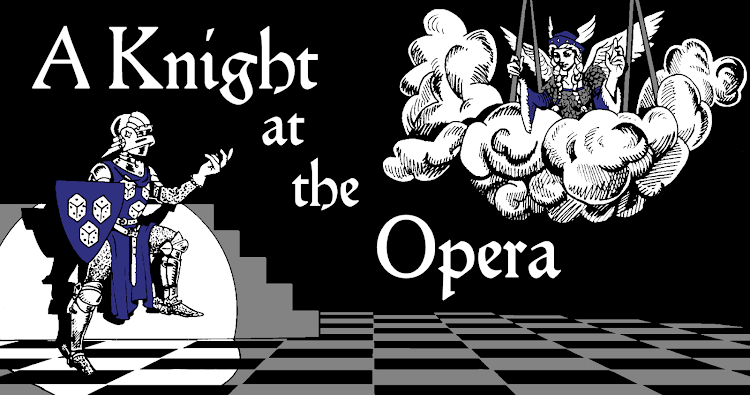[This post contains mid-sized spoilers for the video game Breath of the Wild and the RPG adventure In the Shadow of Tower Silveraxe]
Your quest is to awaken the slumbering elf king by bringing him the fairy stone. To do that, you must journey to the ancient shrine of Cernunnos, now controlled by orcs deep within their dark, industrial colony. You get behind enemy lines, sneak past orc armies, kill some scouts, steal their maps, and locate the shrine. Once at the shrine, you have a dungeon to clear out. There's a sequence of rooms you discover, soon finding the fairy stone. It's locked behind the Hart Gate, an ornate lattice fence shaped like a stag. You'll need a series of keys, each one hanging from a branch of its antlers so you can unlock the gate. That means exploring the maze of trials and secrets throughout the shrine. In each room of the shrine, there's monsters and orc patrols, puzzles and riddles, traps and hazards, secret treasures, imprisoned civilians to free, and weird magic stuff to play with.
Room < Dungeon < Hexcrawl
The above adventure doesn't exist. But the broad strokes are familiar. All adventures are a sequence of tasks. But the way those tasks are organized goes a long way in shaping the whole thing. There's a hierarchy. Every room of the dungeon presents a short-term task. You start a combat encounter with some orcs, and for the next stretch of playtime that is the task you are performing. But those are all contained in the context of the dungeon task, which you're also performing simultaneously. It's not just a series of arbitrary, disconnected episodes. There's a through line tying it together. Collect the keys to unlock the gate and get the MacGuffin. That's a mid-term task you began when you entered the dungeon and which you completed after finishing a bunch of the rooms. But the dungeon is not the full story, either. It's also a piece of a greater context. Doing the dungeon is just the middle task in the hexcrawl. Getting to the dungeon was a series of tasks, as is getting back from the dungeon. All of those hexcrawl tasks, with the dungeon task in the middle, comprise a long-term task. And it's that long-term task that is the true "quest."
This probably sounds obvious, but I have a theory.


